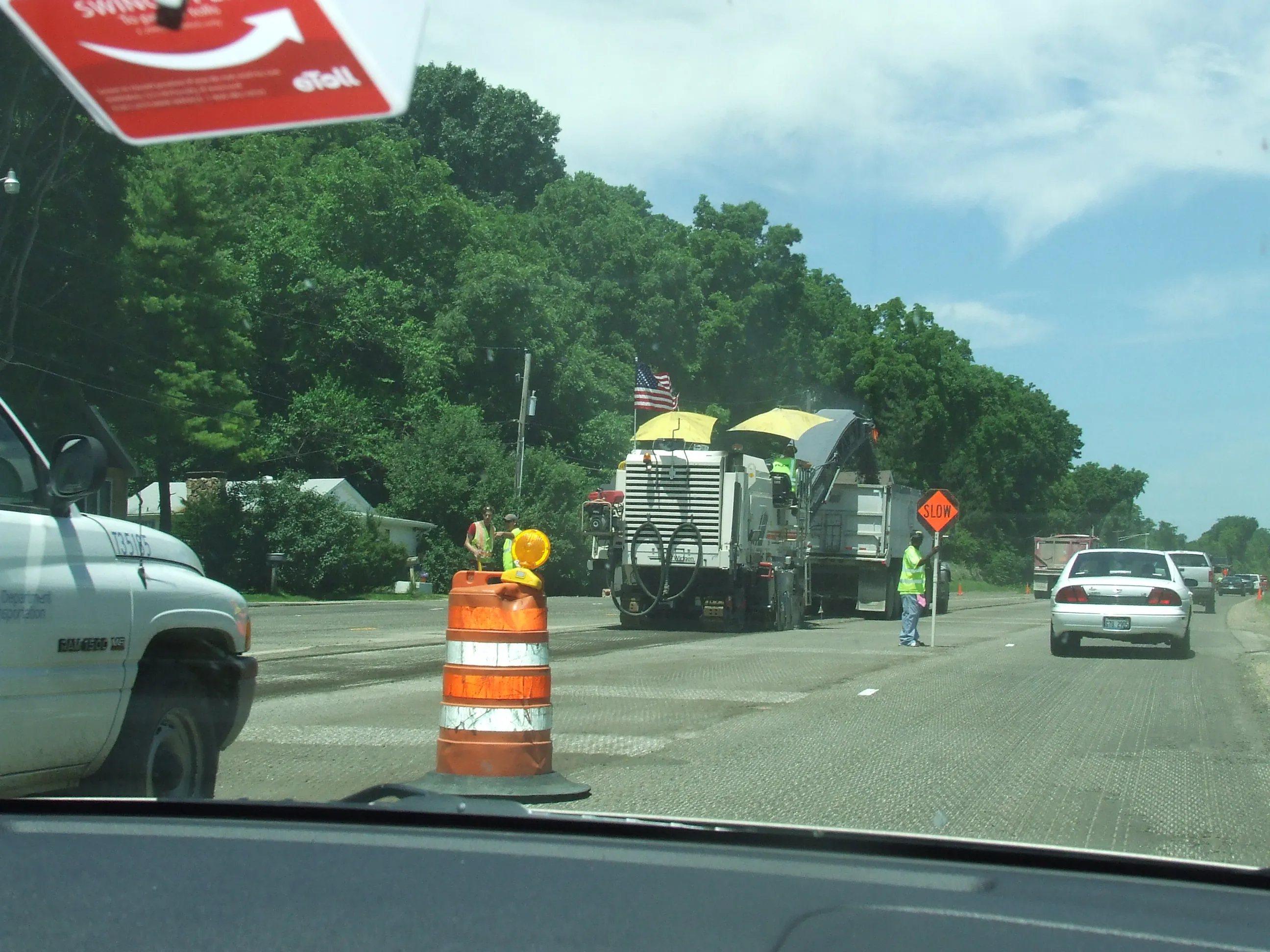The US needs to up its game on road safety, which a new report can help with, providing key steps state governors can take to help reduce road crash risks.
The report has been published by the National Governors Association (NGA) and is titled, “State Strategies to Reduce Highway and Traffic Fatalities and Injuries: A Road Map for States.” The publication emphasises the key role of governors in improving road safety. It suggests ways to improve coordination and strengthen existing efforts across state agencies.
“This project elevates the profile of traffic safety and provides concrete recommendations that have tremendous potential to improve safety outcomes,” said Jonathan Adkins, executive director of the Governors Highway Safety Association (GHSA) that assisted in the development of the report. “Governors are uniquely positioned to provide leadership on highway safety and foster statewide collaboration among other various agencies, including state highway safety offices. GHSA is glad to support this new report and looks forward to continuing to work with NGA and the safety community to achieve zero traffic fatalities on our roadways.”
Improvements in road safety are sorely needed in the US, which compares poorly with other developed nations in this respect. More worryingly still, there has been a reversal of the steady gains in road safety seen over decades. In 2016, 37,461 people were killed on America’s roads, a 5.6% increase over the previous year. And 39 US states reported an increase in traffic fatalities in 2016.
According to the GHSA, the report will help states to identify and deploy proven countermeasures to reduce crashes and injuries. The report provides key steps that governors can take to improve coordination and strengthen existing efforts across state agencies and identifies recent state efforts to adopt strategies to reduce traffic fatalities. The road map is designed as a policy development tool, allowing a state to use all or portions of the road map as it applies to their unique situation.
US road safety suggestions
The US needs to up its game on road safety, which a new report can help with, providing key steps state governors can take to help reduce road crash risks. The report has been published by the National Governors Association (NGA) and is titled, “State Strategies to Reduce Highway and Traffic Fatalities and Injuries: A Road Map for States.” The publication emphasises the key role of governors in improving road safety. It suggests ways to improve coordination and strengthen existing efforts across state
February 12, 2018
Read time: 2 mins








